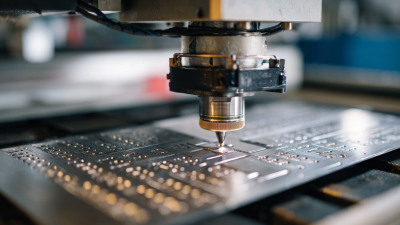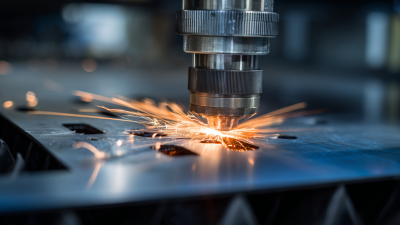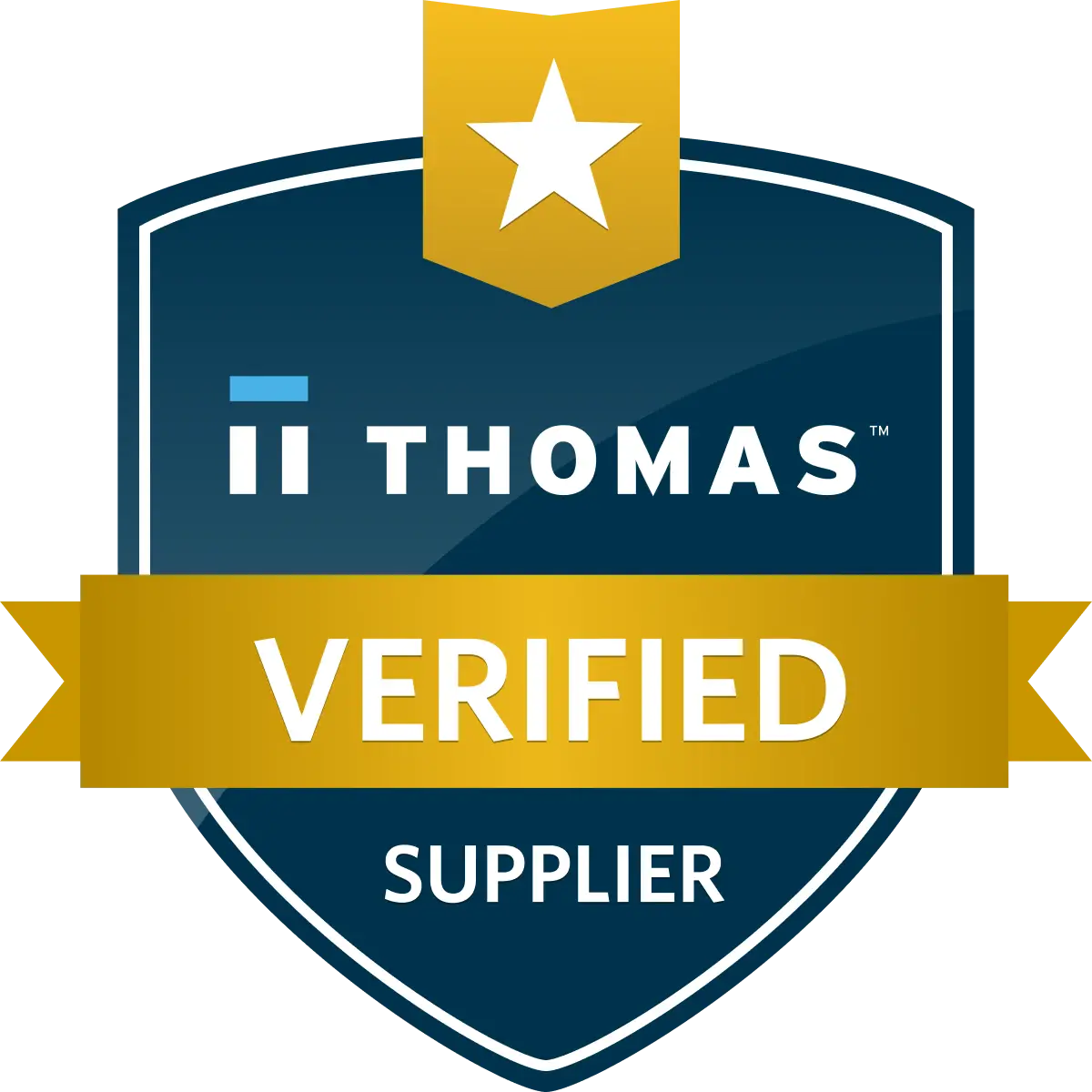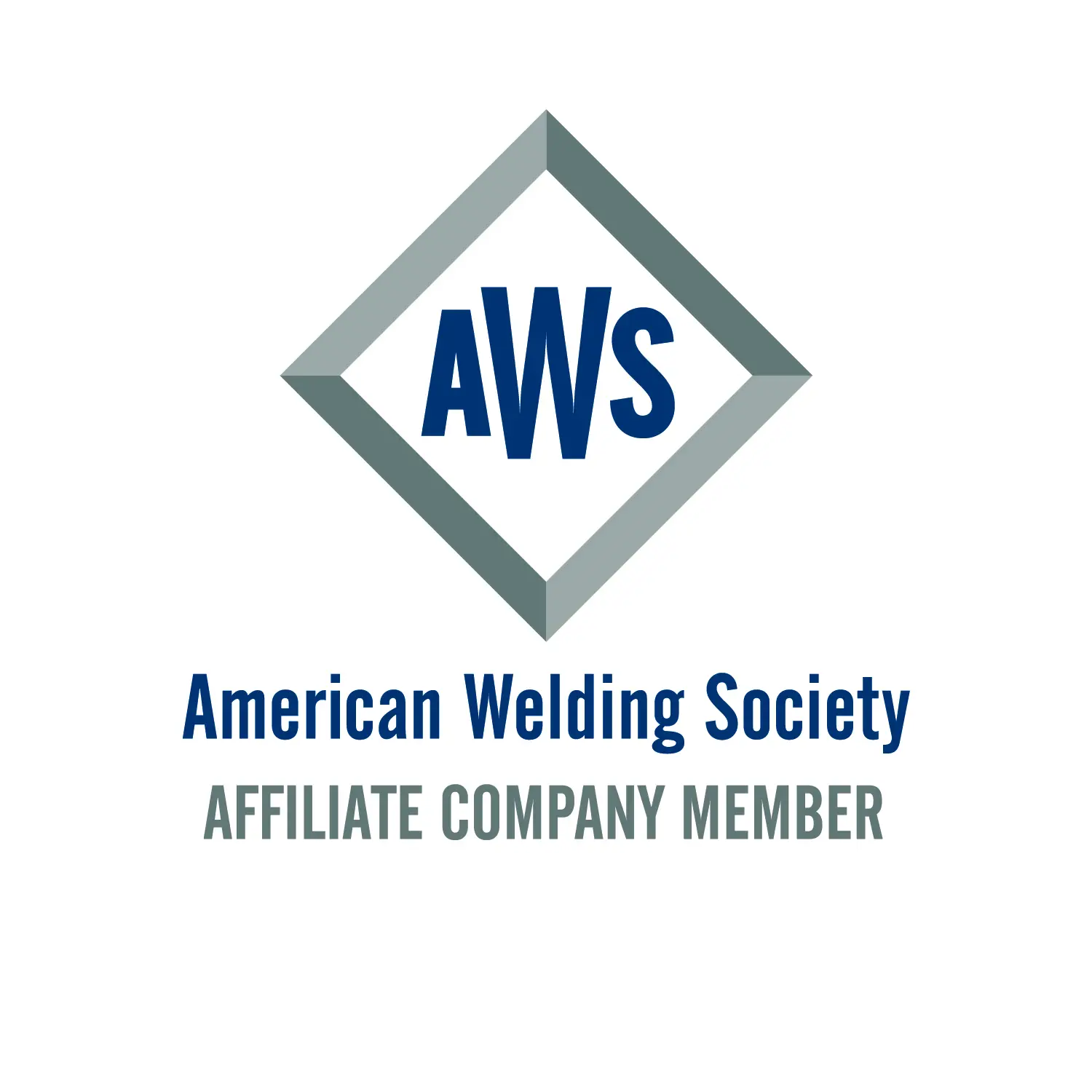“Mastering Stainless Steel Welding Techniques: Tips for Flawless Joints and Durability”
In the realm of modern manufacturing and construction, mastering stainless steel welding techniques is paramount for ensuring the integrity and durability of welded joints. According to a report by the American Welding Society, stainless steel is projected to account for over 30% of the total metal welding market by 2025, underscoring its importance across various industries, including aerospace, automotive, and architectural engineering. The unique properties of stainless steel, such as its resistance to corrosion and high strength-to-weight ratio, present both challenges and opportunities for welders aiming to deliver flawless joints. Employing advanced welding techniques and understanding the specific characteristics of stainless steel welding can significantly enhance joint performance and longevity. By utilizing the latest technology and best practices, professionals can achieve superior results that meet or exceed industry standards, thereby ensuring safety and reliability in their projects.

Essential Welding Processes for Stainless Steel: MIG, TIG, and Stick Techniques
When it comes to stainless steel welding, understanding the essential processes is crucial for achieving flawless joints and long-lasting durability. The three primary techniques—MIG, TIG, and stick welding—each offer unique advantages and applications. MIG welding, known for its speed and versatility, is ideal for projects requiring production efficiency. It uses a continuous wire feed to create a strong weld, making it popular in industrial settings.
On the other hand, TIG welding provides superior control and precision, which is essential for thinner materials and intricate designs. This method employs a non-consumable tungsten electrode and a shielding gas to protect the weld pool, resulting in clean and aesthetically pleasing joints. Finally, stick welding, while less common for stainless steel, remains a useful technique in field applications where portability and simplicity are key. By mastering these essential welding processes, welders can ensure the strength and integrity of their stainless steel projects, catering to a wide range of industrial needs.
Understanding Stainless Steel Grades: Choosing the Right Material for Optimal Welds
When it comes to stainless steel welding, selecting the appropriate grade is crucial for ensuring strong and durable welds. Stainless steel is available in various grades, each offering unique properties suited for specific applications. For instance, grades like 304 and 316 are commonly used in food processing and marine environments, respectively, due to their excellent corrosion resistance. Understanding these differences is vital for achieving optimal weld quality and performance.
Choosing the right stainless steel grade not only impacts the weld’s structural integrity but also influences its resistance to environmental factors. For example, higher alloy content in grades like 321 can enhance heat resistance, making it more suitable for high-temperature applications. Additionally, the presence of elements such as molybdenum in certain grades can improve overall durability under harsh conditions. By thoroughly understanding the characteristics and suitable applications of various stainless steel grades, welders can enhance their techniques and achieve flawless joints that stand the test of time.

Pre-Weld Preparation: Surface Cleaning and Edge Design for Stronger Joints
Achieving flawless welds in stainless steel is not only about technique but also heavily relies on proper pre-weld preparation. Surface cleaning and edge design play critical roles in creating stronger joints. According to the American Welding Society (AWS), nearly 70% of welding failures can be attributed to inadequate surface preparation, emphasizing the importance of starting with clean materials. It's essential to remove any contaminants such as oils, dust, or oxides to ensure optimal welding conditions. Utilizing methods like bead blasting or chemical cleaning can be effective in achieving a residue-free surface.

In addition to cleaning, edge design significantly impacts the quality of the weld. The AWS recommends using a beveled edge for thicker materials to facilitate better penetration and fusion during welding. This technique can lead to a reduction in stress concentration, which, as per a recent report by the International Institute of Welding, can increase the joint longevity by up to 40%. By incorporating these techniques, welders can enhance the durability and strength of their joins remarkably.
Tips: Always inspect the materials' surfaces prior to welding and consider using a non-abrasive method for cleaning to avoid damage. Additionally, standardizing the edge design across similar projects can lead to more consistent and reliable welding results.
Post-Weld Treatments: Techniques to Enhance Corrosion Resistance and Durability
Post-weld treatments (PWHT) are essential for enhancing the corrosion resistance and durability of welded joints, particularly in demanding environments. Recent studies indicate that PWHT significantly improves the mechanical properties of metals. For instance, research on aluminum alloys reveals that appropriate PWHT can enhance shear strength, indicating an increase in overall durability and performance. Specifically, induction pressure welded joints demonstrated improved mechanical properties post-treatment, highlighting the necessity of PWHT in critical applications.
In addition to PWHT, surface quality plays a crucial role in the corrosion resistance of welded stainless steel. A study focused on the influence of surface quality on corrosion rates found that refining surface characteristics improves resistance to corrosion, an essential factor in marine and industrial applications. Incorporating innovative finishing methods can significantly mitigate degradation over time, ensuring longer lifespan and reliability of components.
**Tips:** To ensure optimal results, consider the following tips:
1. Implement regular PWHT procedures tailored to the specific alloy being welded to maximize mechanical properties.
2. Prioritize surface finishing techniques that minimize roughness, as smoother surfaces tend to resist corrosion more effectively.
Mastering Stainless Steel Welding Techniques: Post-Weld Treatments
Common Mistakes in Stainless Steel Welding: Tips to Avoid Defects and Ensure Quality
Welding stainless steel requires precision and attention to detail, as common mistakes can lead to joint defects that compromise the integrity of the weld. According to a report from the American Welding Society, over 30% of welding failures in stainless steel applications can be attributed to improper technique. Key mistakes include inadequate cleaning of the surface, incorrect electrode selection, and inappropriate heat settings. Each of these factors can result in issues such as porosity, uneven penetration, and weakened joints.
To avoid these pitfalls, meticulous preparation and technique are essential. **Tip 1:** Always clean the base material thoroughly to remove oxide layers and contaminants, which can interfere with the weld quality. Utilizing a stainless steel brush or chemical cleaning agents can help achieve a pristine surface. **Tip 2:** Selecting the right filler material is crucial. For example, using a filler that matches the grade of stainless steel being welded minimizes issues related to corrosion and mechanical properties.
Furthermore, heat input plays a vital role in preventing thermal distortion and ensuring a sound weld. **Tip 3:** Maintain optimal amperage settings, as excessive heat can lead to warping, while insufficient heat might fail to fuse the materials properly. Monitoring the heat input through established guidelines, such as those from the American Welding Society, can enhance the overall quality and durability of stainless steel welds.
Related Posts
-

10 Best Sheet Metal Prototyping Tips for 2023 to Boost Your Production Efficiency
-

Innovative Techniques in Sheet Metal Manufacturing You Might Not Know
-

Ultimate CNC Machine Showdown Unveiling the Best Options for Your Manufacturing Needs
-

5 Best Tips for Maximizing Efficiency with CNC Fiber Laser Cutting Machines
-

Exploring Alternatives to CNC Laser Cutting Machines for Precision Manufacturing
-

Mastering the Craft of Structural Steel Fabrication A Step by Step Tutorial
Get your project done the Right way
7:00am - 5:00pm


- Copyright2025 © Tri-State Fabricators
- Accessibility
- Privacy Policy
- Terms



